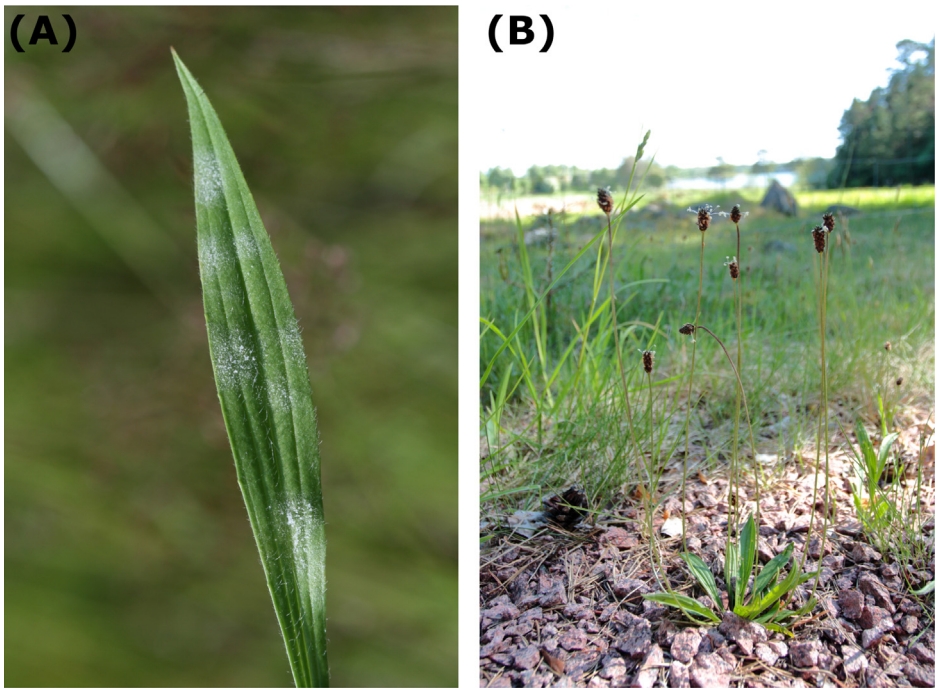Priority effects are phenomena in which the effects of species on one another depend on the arrival order of species into a local site. Two types can be distinguished here: the inhibitory and the facilitative priority effect. The former describes that an early-establishing species can negatively affect the establishment, growth or reproduction of a species arriving later, for example by hogging resources. The latter, in contrast, designates that a species that arrives first can also positively affect the establishment, growth or reproduction of later-arriving species, for example by enriching soil fertility or improving microclimatic conditions.
The bigger picture
From its definition alone, the term sounds as if it’s quite connected with community ecology. Priority effects are actually studied in this discipline but are also investigated and relevant in many other research areas. However, there are a variety of terms that describe this effect in different contexts. For example, related terms are “alternative stable states” in restoration and community ecology, “induced resistance” in immunology and disease ecology or “monopolization” in evolutionary ecology. The scientists around Stroud et al. (2024), including Vicky Temperton from the Institute of Ecology at Leuphana University, uncovered the lack of conceptual cohesion and differences in language that currently hinder the understanding of priority effects as a broader biological phenomenon. Based on that, they reviewed the variety of biological fields that address priority effects in their research to develop a framework for better understanding the conditions and mechanisms of priority effects, and their consequences across spatial and temporal scales.

Drawing a network
For this review and to build up such a framework, Stroud and colleagues conducted a co-citation network analysis of studies related to priority effects. A co-citation analysis examines how often two studies are referenced together in published works. A network algorithm is used to identify clusters of studies that share more citations within a cluster than between clusters. The results of the analysis clearly show inconsistent cohesion among studies of priority effects and related topics across various biological subfields. In more detail, the analysis revealed four primary clusters of studies that are more frequently co-cited together: (1) general ecology, (2) animal ecology, (3) plant ecology, and (4) evolutionary ecology. Called the “super-cluster”, this well-connected set of disciplines shares a common interest in priority effects and thus stands in contrast to two further, barely connected clusters: (5) parasitology, and (6) polar biology.
Call for cross-cutting communication
The co-citation network analysis underscores the importance of fostering interdisciplinary dialogue and collaboration to advance research on priority effects. As a first step towards overcoming the semantic barriers between the different subfields, Stroud and colleagues have compiled a list of all terms related to priority effects, providing researchers studying priority effects with keywords to work with in the future. This forms the basis for a unified framework promoting a comprehensive understanding of priority effects which then can enhance ecological predictions, facilitate cross-disciplinary research collaboration, improve ecosystem management strategies, and provide practical applications in biomedical and agricultural research, as well as insights into community reassembly under climate change. Stroud and colleagues further aim to support researchers investigating priority effects by encouraging the adoption of findings, research methodologies and conclusions from different disciplines. Additionally, they aim to spark interest among biologists who have not yet come in touch with this concept, encouraging them to explore the potential influence of priority effects within their own studies. Collaborating and communicating insights across disciplines not only enriches our understanding of biological and ecological dynamics but also underscores the interconnectedness of different processes across scales. And: Cross-disciplinary communication is even gaining more and more importance for tackling the complex challenges of our time.
If you are interested in diving deeper into this review and in discovering the subfields and terms connected to priority effects, you can find the paper of Stroud and colleagues here:
Stroud, J. T., Delory, B.M., Barnes, E.M. et al. Priority effects transcend scales and disciplines in biology. Trends in Ecology & Evolution. (2024). https://doi.org/10.1016/j.tree.2024.02.004



